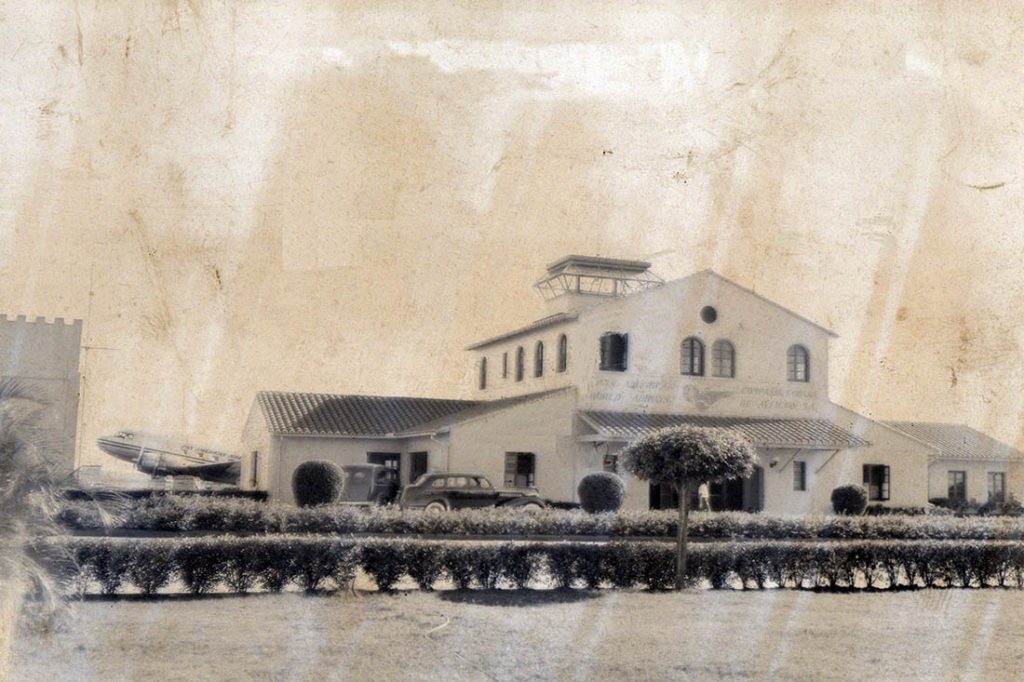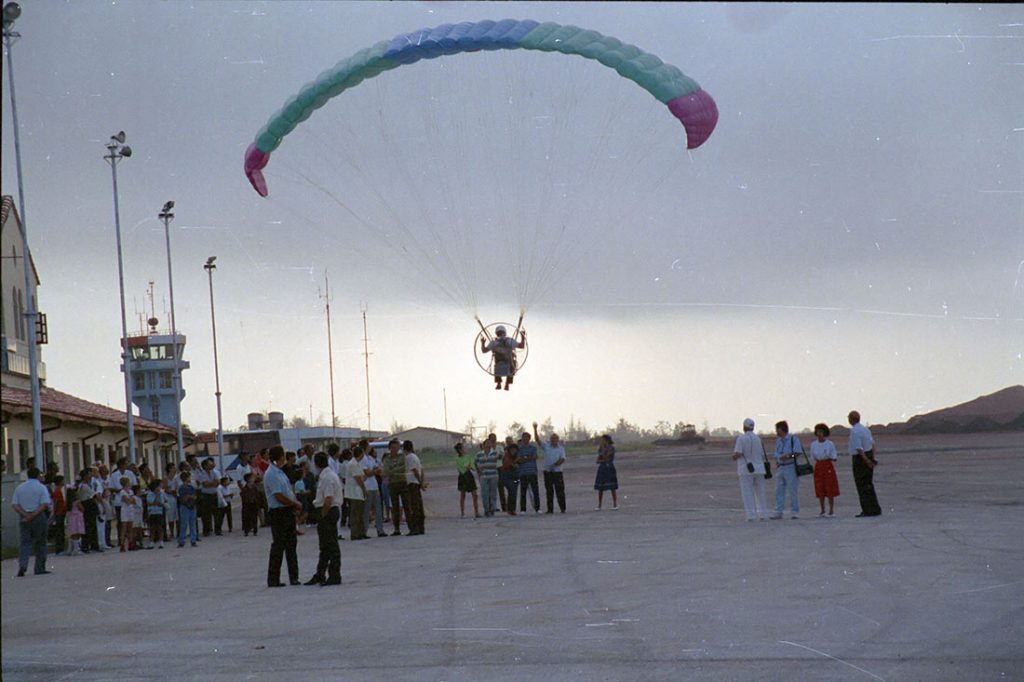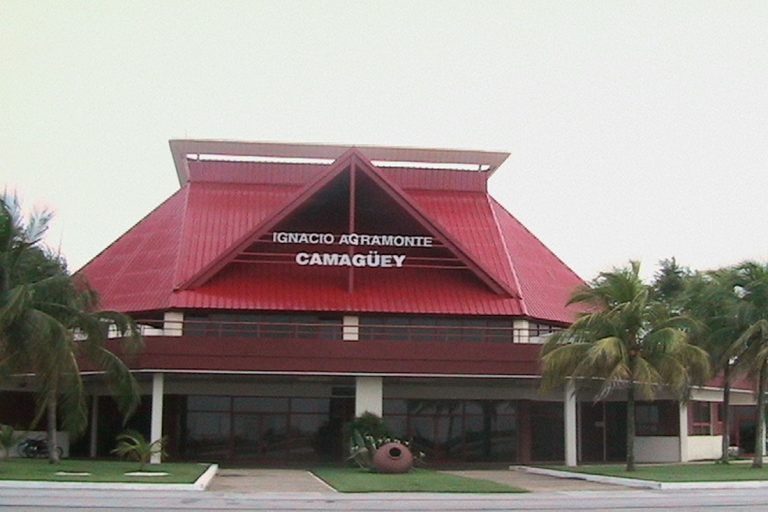It was one of the first three airports created in Cuba, around the early date of 1928, in the words of its current director Leudes Escobar Pino; notwithstanding that in the province there were landing fields and official hangars.
 The need to stimulate commercial aviation in the territory led to the inauguration of an international air service in 1929 with countries such as Haiti, the Dominican Republic and Puerto Rico. It is also included as a destination and stop on the Miami-Havana-Camagüey-Santiago de Cuba-Puerto Príncipe-Santo Domingo-San Juan line. An important fact to take into account is that the first plane to make the crossing was a “Fokker” tri-engine, piloted by Amelia Earhart, a North American aviator and the first woman to cross the Atlantic alone.
The need to stimulate commercial aviation in the territory led to the inauguration of an international air service in 1929 with countries such as Haiti, the Dominican Republic and Puerto Rico. It is also included as a destination and stop on the Miami-Havana-Camagüey-Santiago de Cuba-Puerto Príncipe-Santo Domingo-San Juan line. An important fact to take into account is that the first plane to make the crossing was a “Fokker” tri-engine, piloted by Amelia Earhart, a North American aviator and the first woman to cross the Atlantic alone.
In the same year, from the national point of view, the Havana-Santiago de Cuba airline was inaugurated with a stopover in Camagüey and other cities. This time, a “Fairchild 71” monoplane, named after the province, would make the first trip.
Not only the commercial function benefited from the opening of both lines, but also the communications sector; for example, on October 30th, 1930, the first delegation plane arrived in the city, leaving the air mail service inaugurated.
A place in history
Its own function makes it a participant in events that go beyond the daily framework to contribute to the national and world history. Hence, it is necessary to mention some of them such as:
The execution of the first transatlantic trip between Seville and Camagüey, carried out by the Spaniards Mariano Barberán and Joaquín Collar, and would turn to be the longest flight made over the sea until then: 4,533 miles in 39 hours and 55 minutes, without stopover. They land on the “Cuatro Vientos” at 3:30 pm on June 11th, 1933 in the city. The next day they arrive in Havana, where they remain until the 20th, when they continue their journey to Mexico, never to be seen again.
In honor of this trip, three years later, the Cuban aviator Manuel Menéndez Peláez, started the Camagüey-Seville transatlantic flight, but in four stages.
During World War II it was used as a North American military base. With the revolutionary triumph it was given a civil use.
The facility and his workers would said goodbye to Commander Camilo Cienfuegos, without knowing that they would be giving him a final one, when on October 28th, 1959, aboard a Cessna aircraft, he would disappear on the way to Havana.
It became the gateway for many of the official visits to the province, both national and foreign; among which the arrival of Pope John Paul II stands out.
A new international terminal
The new international terminal began with its flights on June 24th, 1996, which has been improved over time. Although at present the fundamental market is for Cubans who travel abroad; throughout these years, it has had among its destinations: Canada, Mexico, United States, Argentina, Belgium, Italy, Guyana, Jamaica, Haiti, Suriname, Russia. On the other hand, Havana remains a national destination, but at the time it had Santiago de Cuba.
 Through the facility cattle, flamingos have been exported. Skydiving practices have been carried out in their areas; The Provoked Rain project even took place, in which clouds were injected to make it rain.
Through the facility cattle, flamingos have been exported. Skydiving practices have been carried out in their areas; The Provoked Rain project even took place, in which clouds were injected to make it rain.
It is valid to highlight that his workers for 25 consecutive years reached the category of national vanguard. It has stood out in different tasks of the revolution such as: the participation of his workers in harvests and some of them in the Angolan War.
Bibliography
Information provided by Leudes Escobar, director of the airport.
Historical Index of the Camagüey Province 1899-1952. Book Institute. Havana, 1970.
Translated by: Aileen Álvarez García






